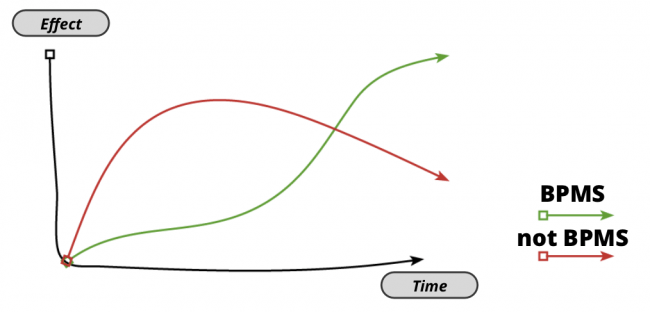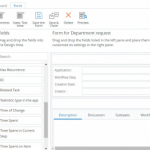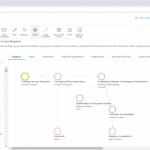5 Ways to Select the Right Process for Automation Pilot
January 22, 2019
Denis Kotov, ABPMP – Russian Chapter member, acknowledged BPM expert
After you wrapped your mind around definition of business process and benefits of process automation, it is time to select the right process to jump start your automation. We know the best 5 ways to do this and have 6 general recommendations. Read ahead to learn what is the difference of each way and understand which one is likely to be the solution to your particular challenge.

Table of Contents
General Recommendations for Process Selection
First, whichever way of process selection you choose, the process should be:
- Established – you can briefly explain who does what. The work has been executed in a such way for at least six months.
- Frequent – it has been executed at least 15-20 times a month.
- Specific – it has a clear start and result. Avoid abstract “sales planning” or “strategy implementation”.
- Short – it takes no more than 2 weeks from process start to the end. So that you could evaluate the result quickly.
- Uncomplicated – includes 15-20 tasks at most, has no integrations and complex forks. So that it takes no more than a month to get the complete process up and running.
- With a minimum of roles – there should be no more than 6 roles in the process. For example, initiator, approver, surevisor, CEO, financial director, commercial director. In this situation, you will not have to teach a crowd of people and write instructions for each role.
Follow the recommendations above and be sure that within 1-1.5 months you will be ready to show for benefits of process-based approach and BPMS for your business. Moreover, your test run will take minimum of time and funding.
It remains to determine your process steps and realize what specific work to put into BPMS.
Way 1: Scientific
IdeaWe select a project team from company experts. They will describe all the processes, quantitatively and qualitatively analyze every process impact on profits and give a recommendation.
ProsLooks great on paper, allows you to spend 3-4 months on chatter and shifting pieces of paper.
ConsDoes not work.
When to useNever.
Way 2: Painful
IdeaIn any company there is something that everyone is tortured with: long approval of invoices for payment and lack of feedback on “paid / not paid” status; weekly meetings that end up with assignments which frequently get lost and uncompleted. You determine such an issue, determine it as a business process and automate.
ProsIt will help you with gaining employees trust, reduce risks for automation of other processes and business functions.
ConsIn will hardly bring any monetary benefits.
When to useWhen the main risk of implementation is change is hard. This is true for teams with a history of 10-15 years, where all zones of influence are divided, employees work mostly with paper and are not familiar with technology.
Way 3: Risky
IdeaIn your business there are critical in terms of deadlines or just bureaucratic tasks. For example, you sell precious metals, and every transaction, which exceeds the amount limit, is required to be registered in financial monitoring department. And this task failure leads to fines and problems for the business.
ProsYou will reduce risks, get rid of necessity to keep track of these tasks and get engaged in more useful affairs.
ConsIt will not affect your company’s income. Meanwhile, you will reduce risks and will not spend extra money.
When to useWhen there are a lot of risky situations, and last year you spent >1% of turnover on fines and penalties.
Way 4: Monetary
IdeaYou select a process, which include money in some terms – invoice payment, contract preparation, commercial offer approval.
ProsYou will get real business effect, measurable in profits.
ConsThe process chosen by the monetary approach requires more funding and working out – and therefore, automation takes time.
When to useWhen management has a margin of safety and believe in process approach, so they can allocate money and 2-3 months for implementation.
Way 5: Reporting
IdeaTop management has 3-5 reports that they favor and frequently use. Meanwhile the documents are configured manually and slowly, so reports often include outdated numbers. For automation, you choose the process that aims to generate these numbers.
ProsYou will quickly prove the benefit for the management, earn loyalty and the opportunity to continue working further.
ConsSuch a process usually delivers no benefits for employees and it may cause added stress.
When to useTop management is ready to try before diving into full-scale investment of money and time.
What to do if your cases intersect and it is not so easy to select the process for automation
Rejoice! If 2 or 3 use cases intersect within the same process, it should be taken for the pilot. When more than two processes compete for the right to be automated, choose the one that brings more benefits for the top management. Why? Employees will be OK to wait for a couple of months, but management is not likely to wait and might stop process automation software funding.
Translation (Original article).
Comindware Tracker – non-coding software for business process automation and productivity boost. Easy to set up, use and maintain.



